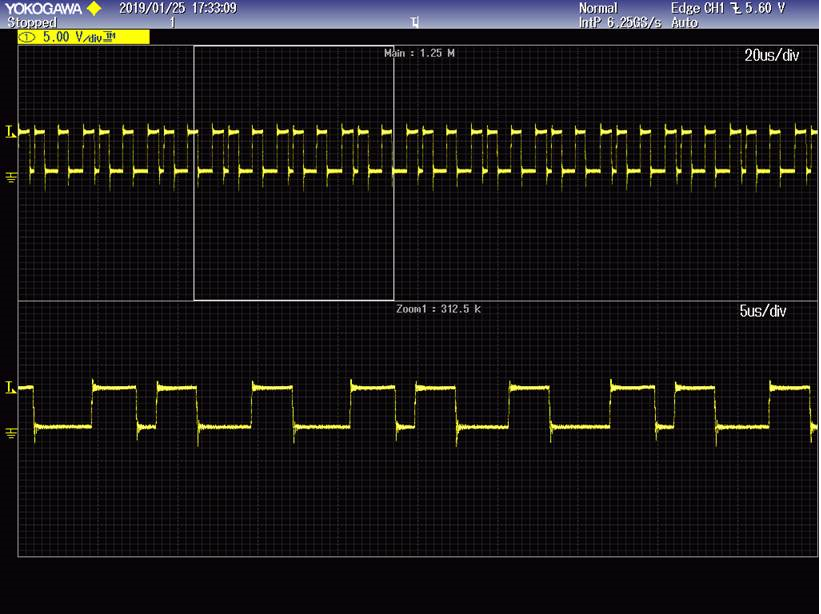Part Number:BQ25713EVM-017
Hi,
Could you tell me about Battery Management studio GUI for bq25713.
I set bq25713 register using Battery Management studio and made the data into a text file.
However, I loading text data was not reflected.
As an example, I will attach a screen shot of setting the charge current resister.
(Please visit the site to view this file)
Please tell me the reason and solution.
If this problem is not resolved,
I have to enter the setting every time.
Could you give me your support.
Best Regards,
Yusuke



